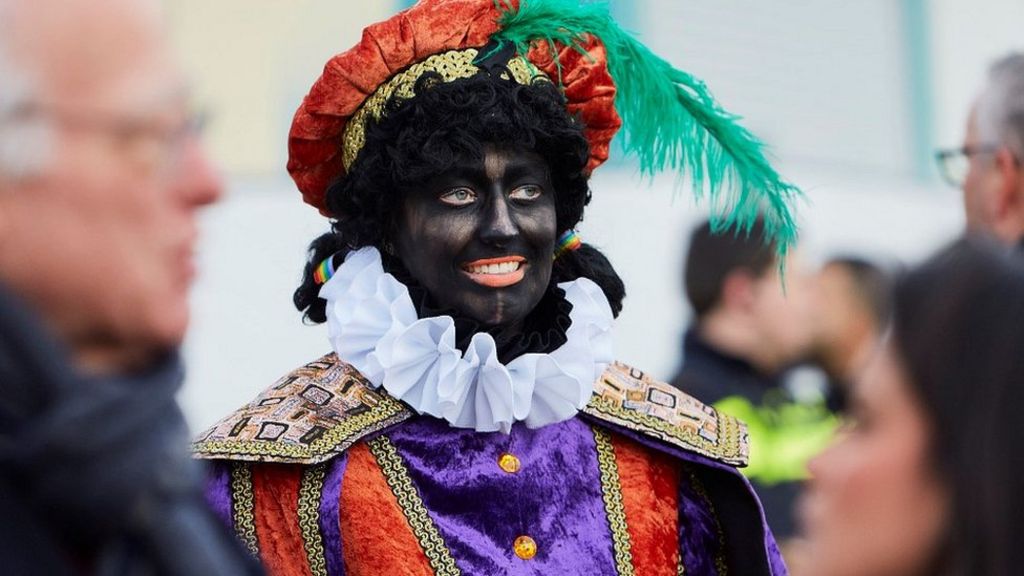By Reem Ahmed
Source: Al Jazeera
Writers: Justine Swaab, Marie-Helene Carleton, and Micah Garen
Date published: 4 December 2020
Link: https://www.aljazeera.com/features/2020/12/4/the-netherlands-black-pete
As a reader, the topic has fully attracted me since it is highly associated with a rooted issue in our world today, and has been recently burst with the movement of œ Black Lives Matter.
The title œBlack Pete: Is time up for the Netherlands blackface tradition? indicates some foggy meaning of whether the report is supporting such tradition or not.
Whereas, the following sentence lead œThe Netherlands faces tough questions over its yearly festival amid a global anti-racist movement made it clear enough for the exact direction of the report alongside the subsequent paragraphs solved the little suspense with two credible quotations.
On the other hand, the background information took up to two paragraphs which are briefly highlighting the facts of the issue but somehow it somewhat needed to comprise a more complete historical relation between Black Pete and racism.
The following paragraphs added more tension and moved forward to current racism-related aspects of the issue such as statements from the prime minister on the current situation of the issue in the Netherland and one of the founders of the Dutch anti-racist organisation Kick Out Black Pete.
Later, the tail in the writing indicated more related information such as the facts implanted in the early age of Netherlands children, ˜Every Black person will tell you that they were called Black Pete in their childhood, as they grow up in such tradition unaware of the outcomes. This part of the writing was backup with an interview of one ˜Black student to give the reader a deeper perspective from a live reality.
The writing also involved others or opposite opinion on the issue to make the reader look further at the whole image from a different point of view by mentioning, for example, “another interview with Margaret Kwidama and Geert Wilders (the far-right politician who has been charged with inciting hatred and discrimination, as written).
Further, the following paragraphs added more tension and conflict sense between those anti-Black or anti-racist and the right-wing who support Black Pete.
In the end, the writers kept pointing out the conflict and the two sides point of view while the direction and beliefs of the article were maintained by concluding the efforts that have been taken and will be taken to tackle the issue.
Overall, the feature story is very interesting starting from the focus lead sentence that showed the opinion of the writers and the direction of the writing, to the body and background information provided.
The issue in my opinion needs more historical backup to provide readers with details, especially to those who have no clue of that tradition and its correlation with racism. However, the writing is fully covered in terms of the views of the two sides or parties and reflections on the issue.
The article uses great quotations that support every point including the interviews that bring to light the profound vision. The writing is built up with bridges and linkages to transmit from one paragraph to another.
The writers voice indicated indirectly not as a second or third person, rather by using direct quotations since the topic is more into a social issue that needed critical review powerful writing technique to deliver the message on the issue effectively. ***
(This article is written as part of individual assignment series for Feature Writing class)
